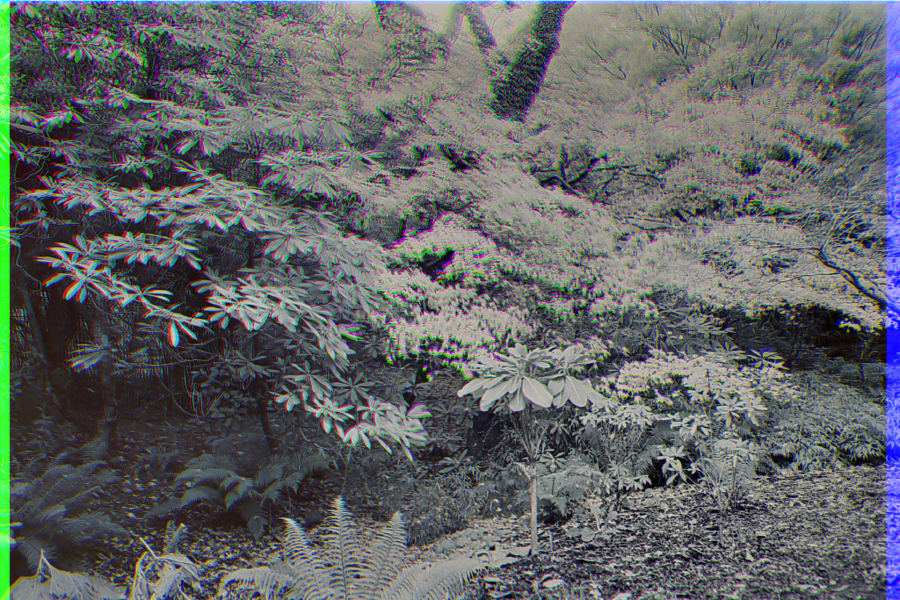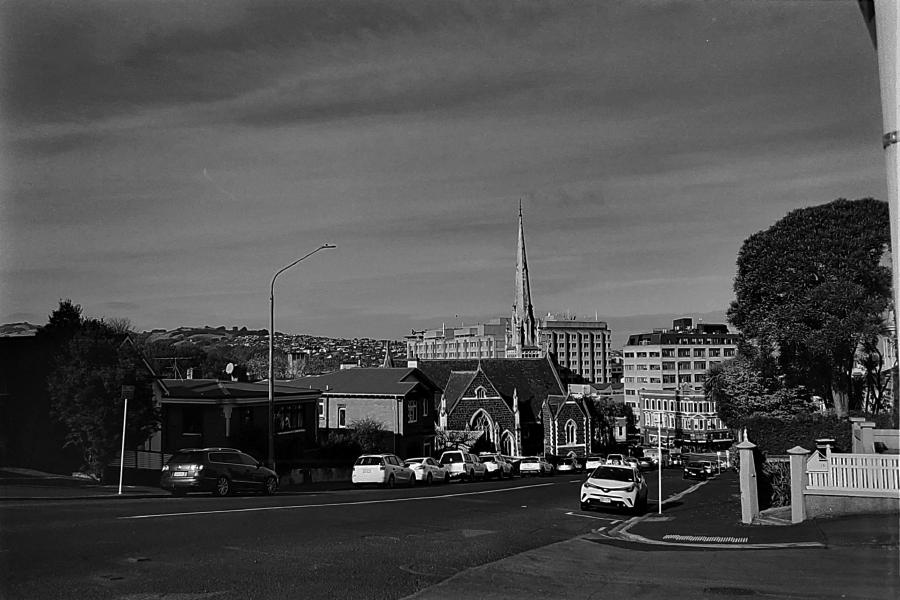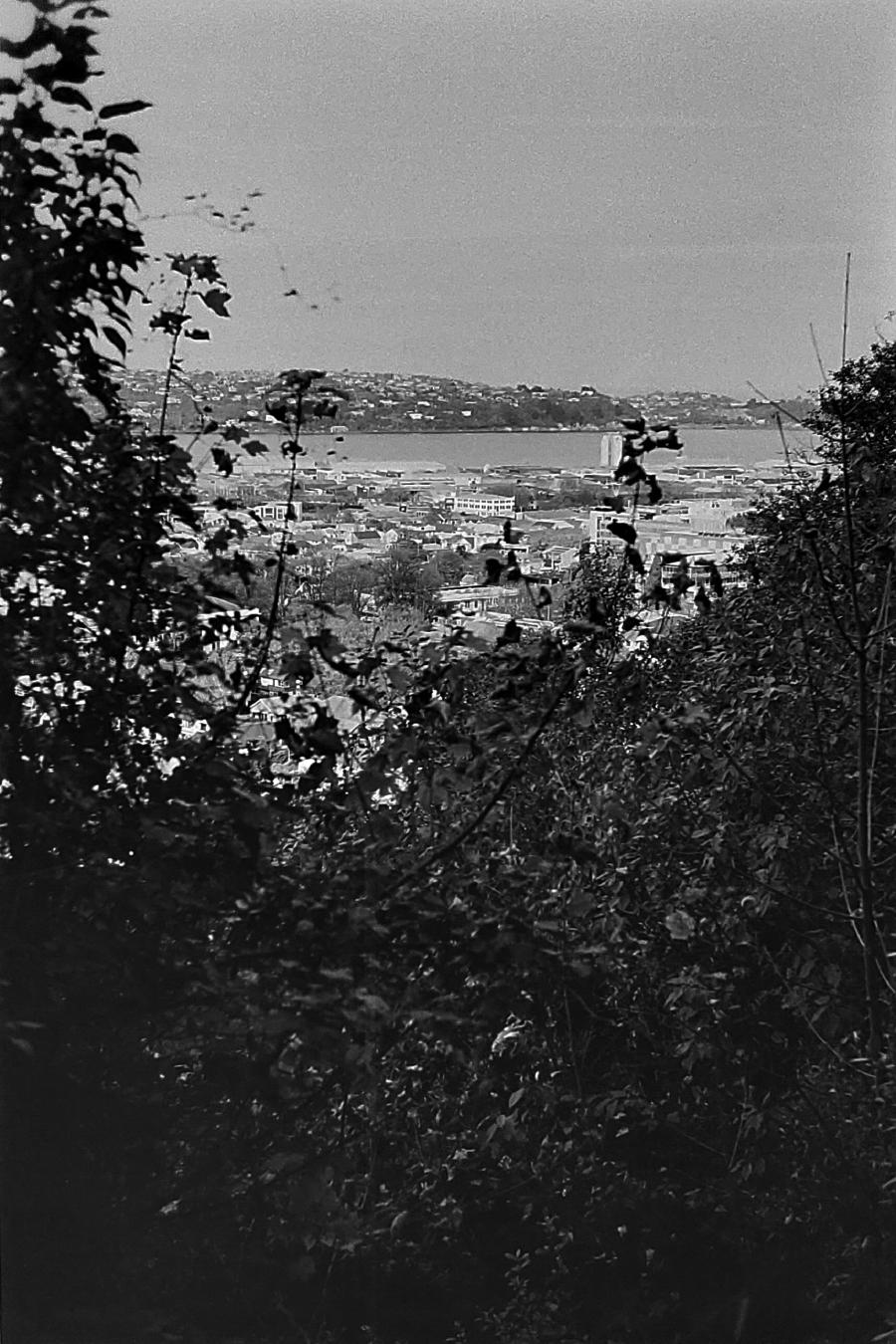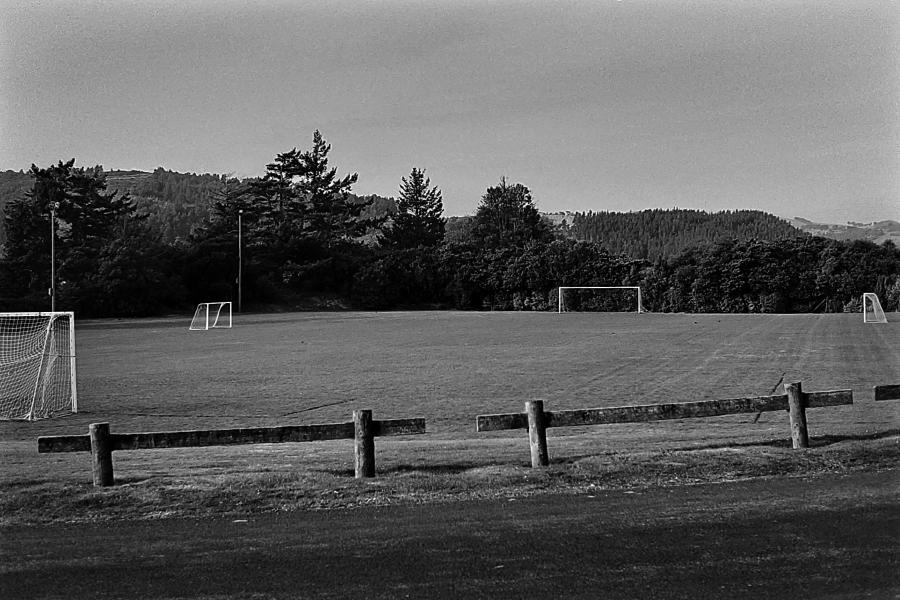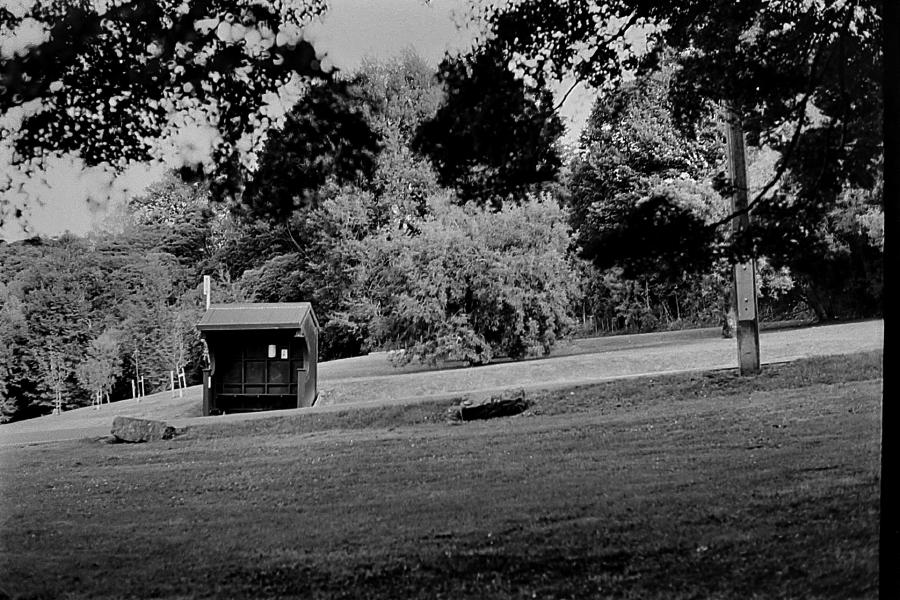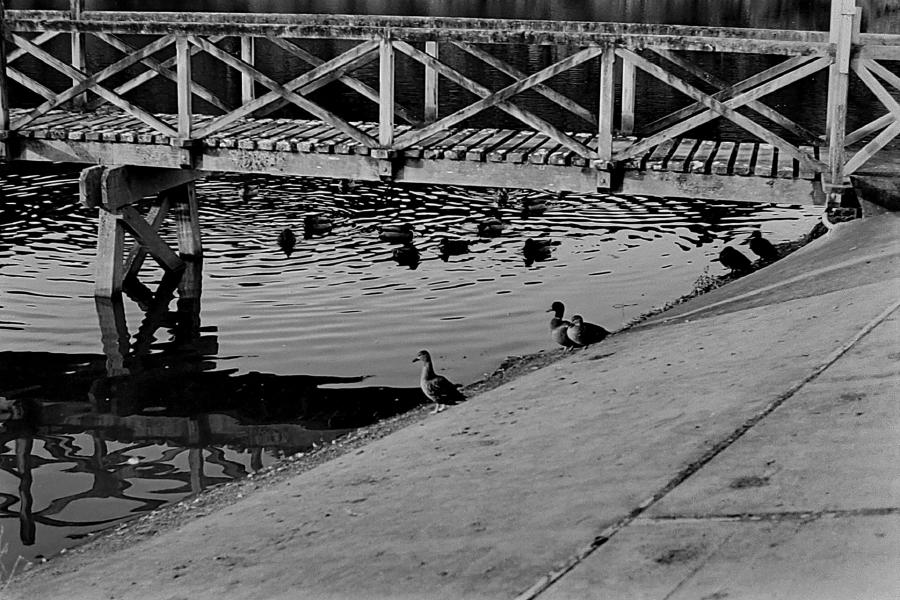Well, this is it. I finally got through a roll of Rollei RPX 25. Winter is most certainly on the way, and the light these days is pretty disappointing. An ISO 25 film was always going to be a challenge, but eventually I finished it. The photographs themselves are quite good! The grain is minimal and the contrast great. Even the frames that I thought would be a little too dark came out surprisingly well. However, I spent half this roll trichroming various compositions — after all, if I was going to use a tripod to deal with the extremely slow film, why not? Unfortunately…
Every singly trichrome came out a muddy, disappointing mess. Oh well! The remaining frames are still nice. I have another three rolls of this filmstock (they came as a free surprise when ordering some more Retro 400S) so I’m looking for ways to use those. Perhaps I’ll try pushing next time, but I don’t have high hopes for that…
Camera: Ricoh KR-10 Super
Lenses:
Film: Rollei RPX 25
Post Processing: GIMP
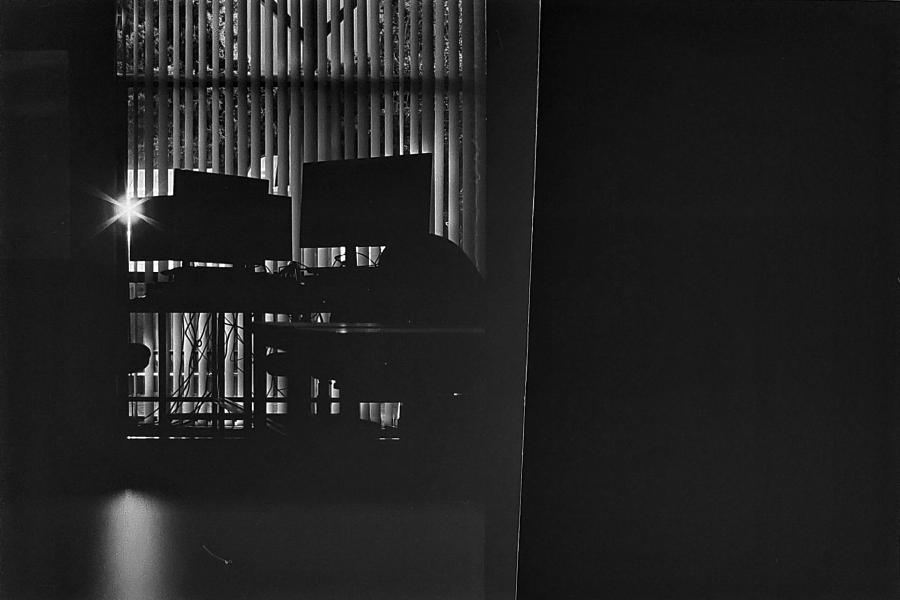
Start of the roll, Excellent silhouetting here and pretty good contrast on the blinds in the background. The flare from the sunlight bouncing off a window is quite nice!
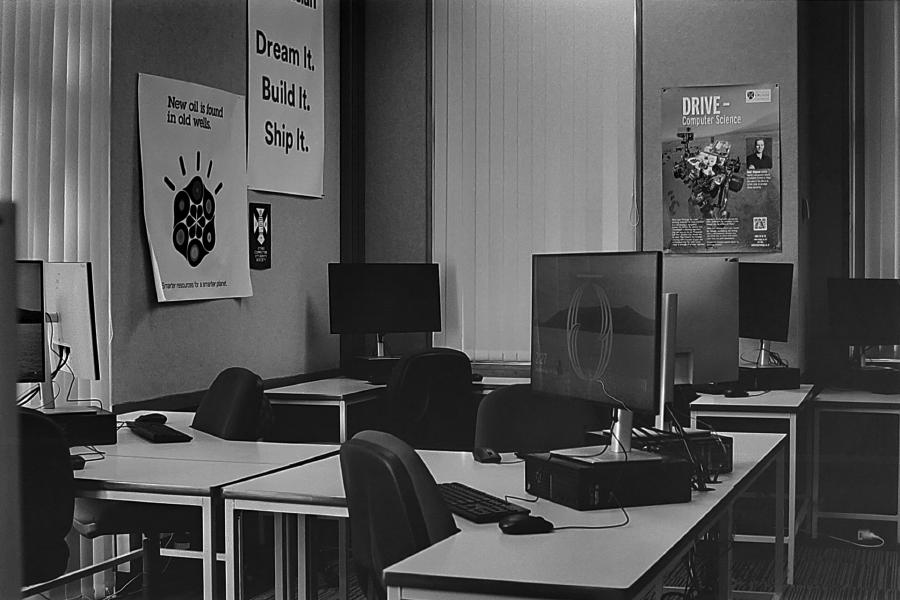
It was a quiet day in the lab, so I snapped a composition of some workstations. This is more of a sentimental piece than anything artistic.
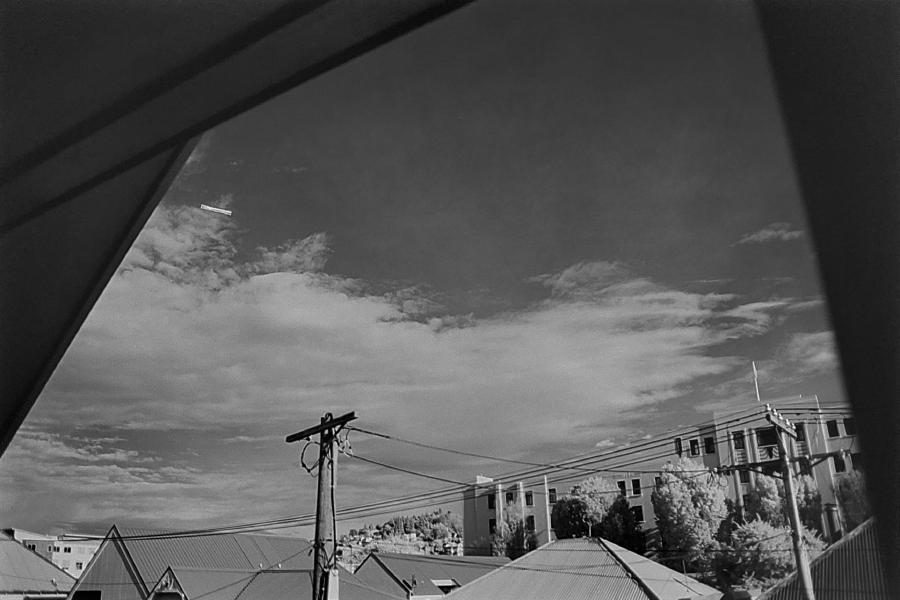
I took this photo with an infrared filter before realizing the filmstock isn’t actually IR sensitive. Imagine my surprise when it turned out! Perhaps that’s a use case for future rolls.
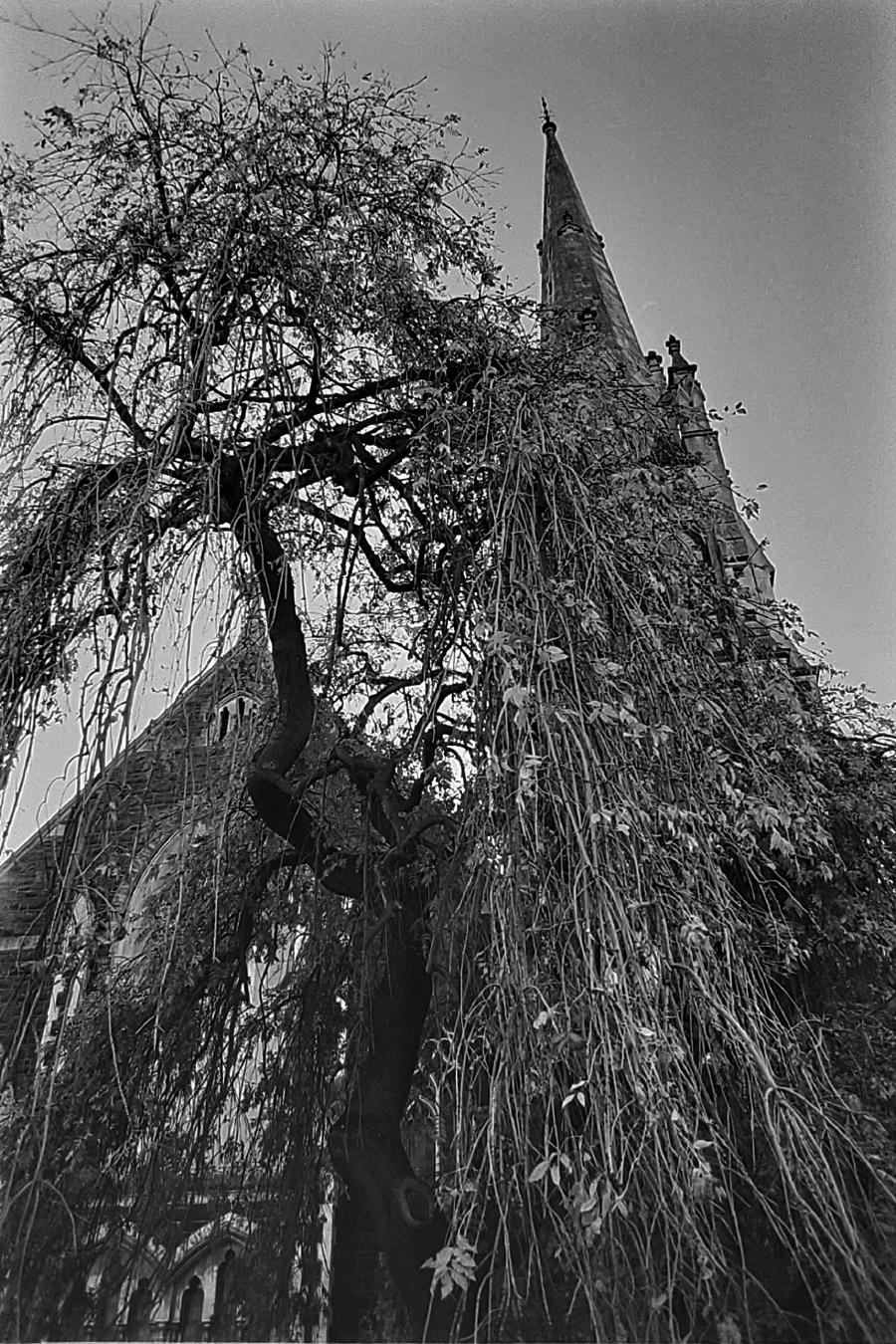
When the film works, it works surprisingly well! The grain is tiny, even when developed quite quickly, and the range is good.
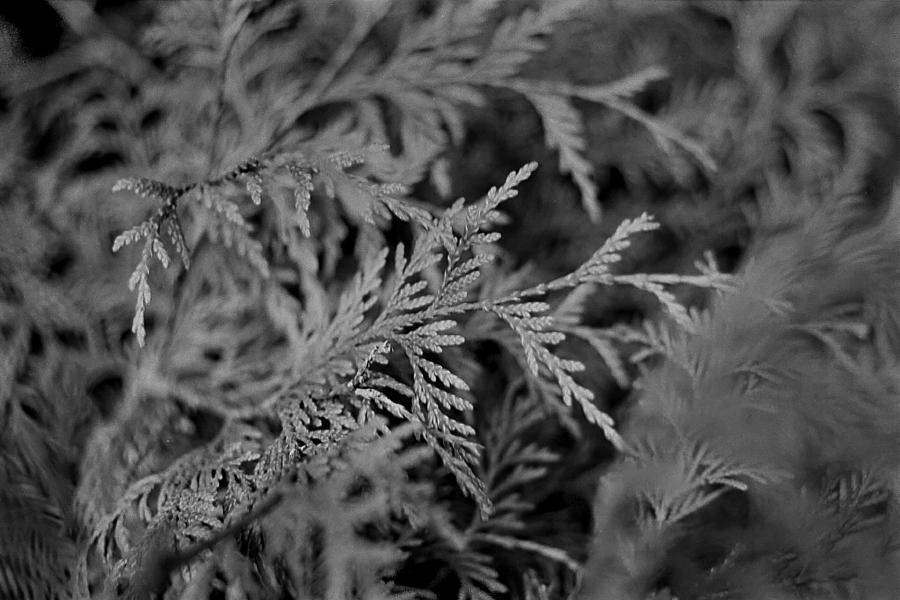
Even macro shots come out well.
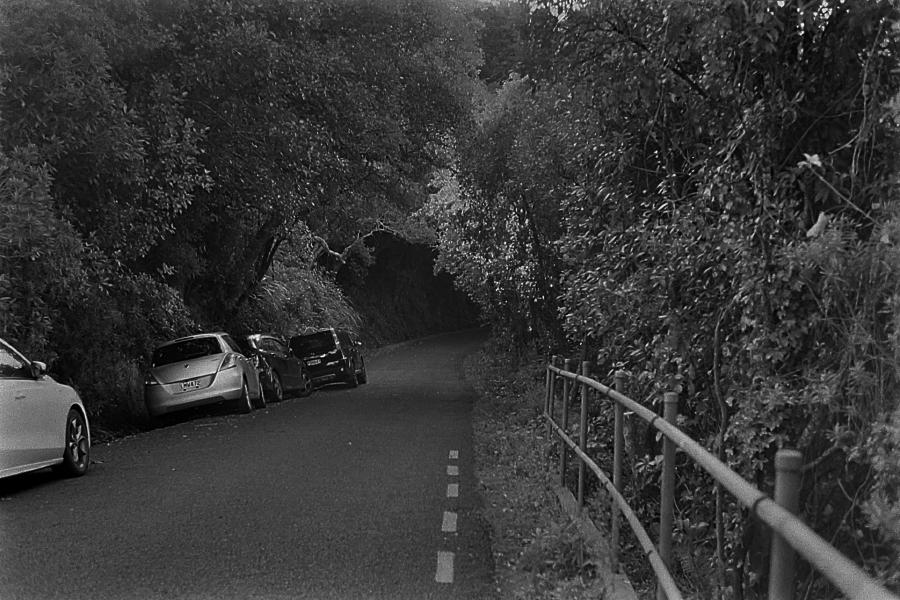
This street is quite dark, so I was expecting an underexposed frame (since I was shooting handheld I manually set the shutter to 1/30s and hoped). The fact there’s still plenty of detail hints to me that perhaps ISO 25 isn’t the real speed of this film, and actually we could push to 50 or even 100. That would make for a far more useful film to me.
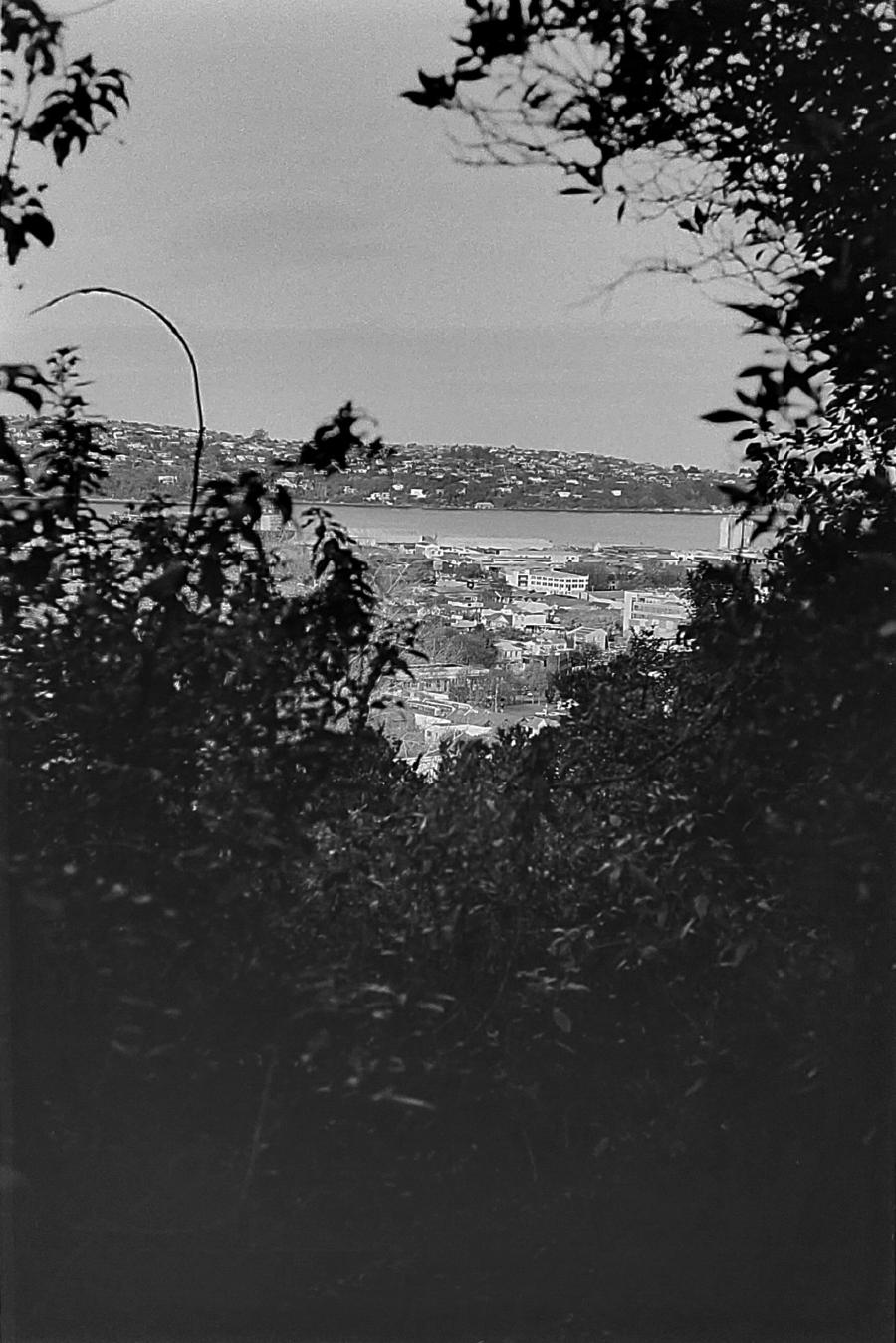
I metered for the shadows a little here, but the city was bathed in a nice afternoon light that I should have focused on instead.
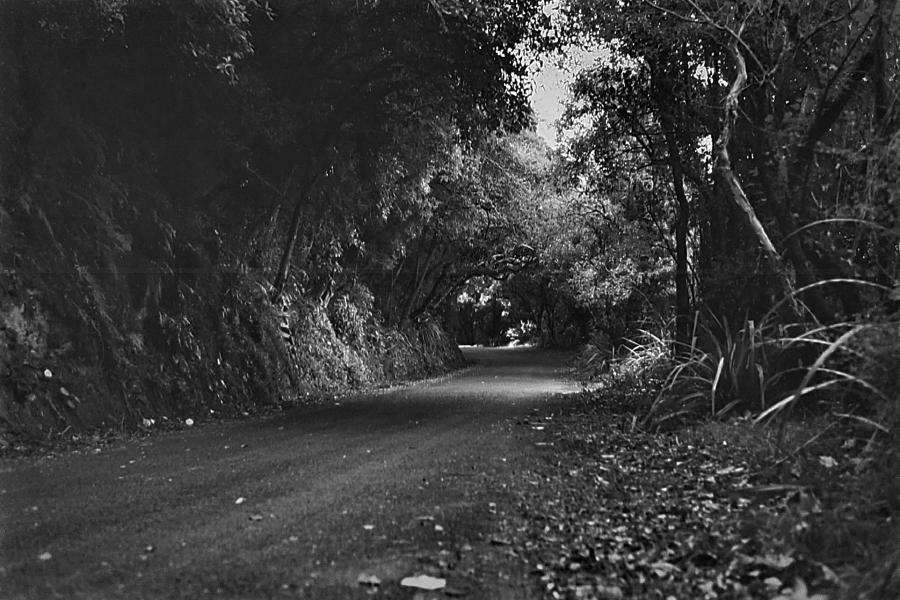
Again, the light meter wanted something like 1/8s here but at 1/30s this is still very usable.
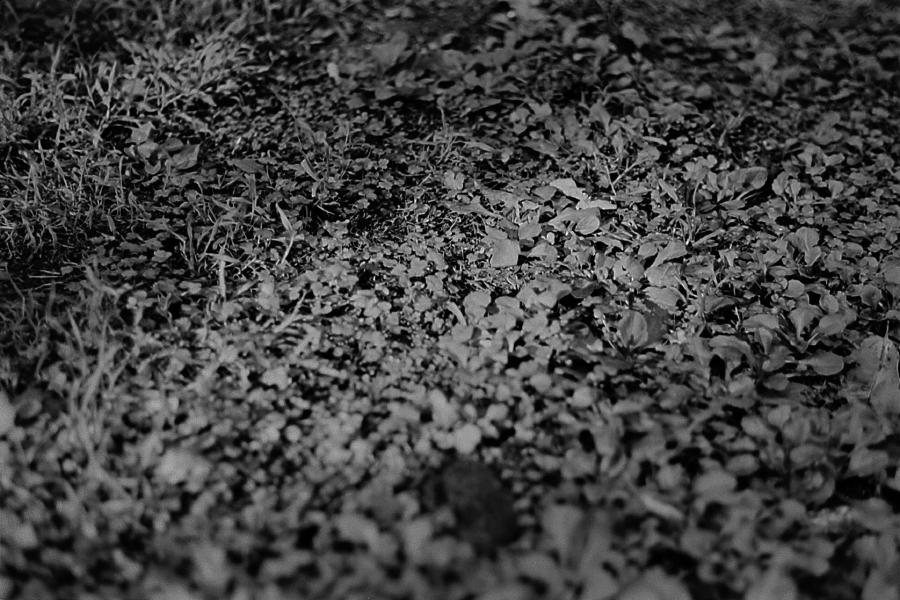
A patch of sunlight on the clover. I like the depth of field here (something like f/2.8 to get enough light).
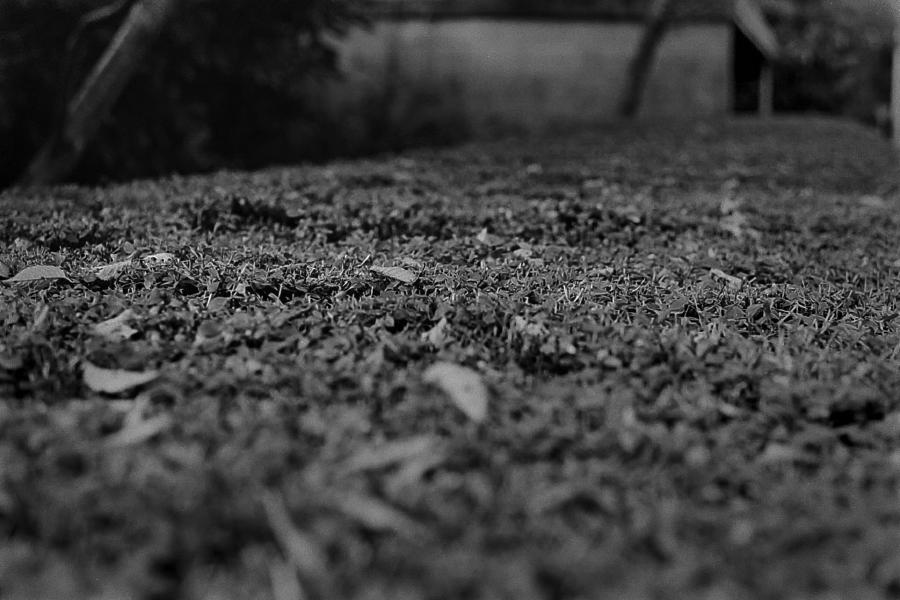
A similar shot to that above, but now of a hedge. The detail in this film is really quiet impressive!
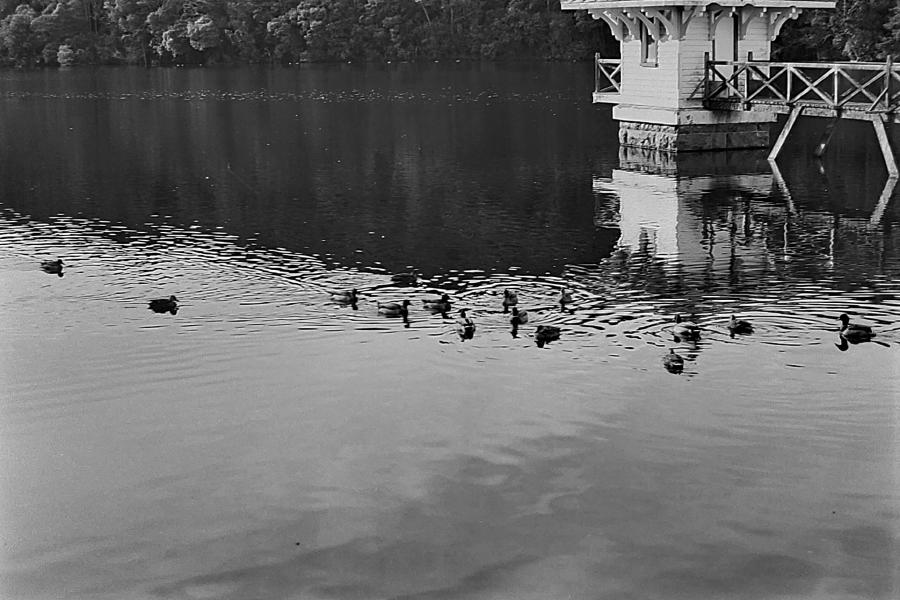
Ducks at the Ross Creek reservoir. Every ripple is resolvable, and the reflections are great. Maybe I’ll just stick these rolls in the fridge and wait for summer.

And that’s all she wrote. An okay roll, really powered through the last few frames just to finish it finally, but perhaps I’ll keep experimenting with the other rolls to see if I can master it.
Failed Trichrome Frames
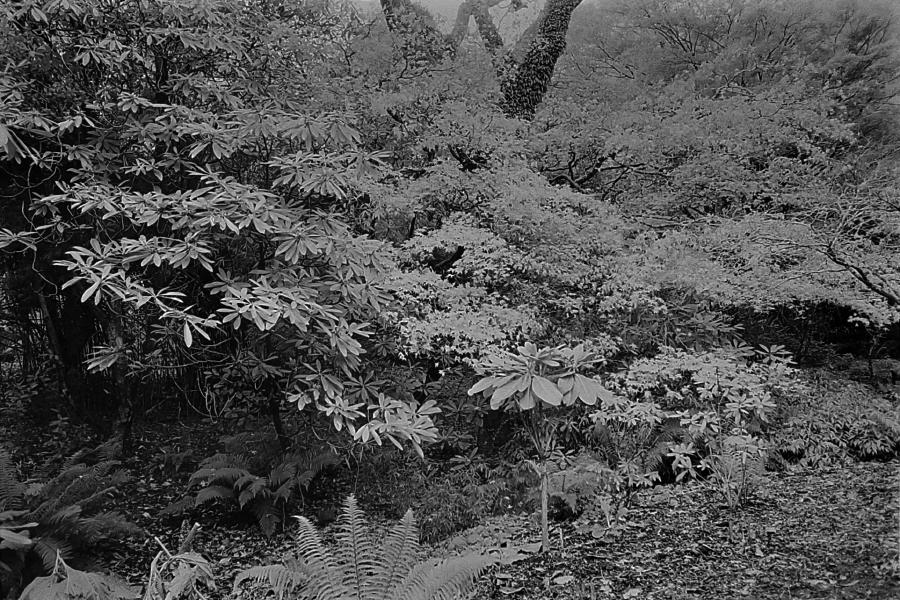
Although the trichromes themselves didn’t turn out, we can still look at one of the frames of each shot.
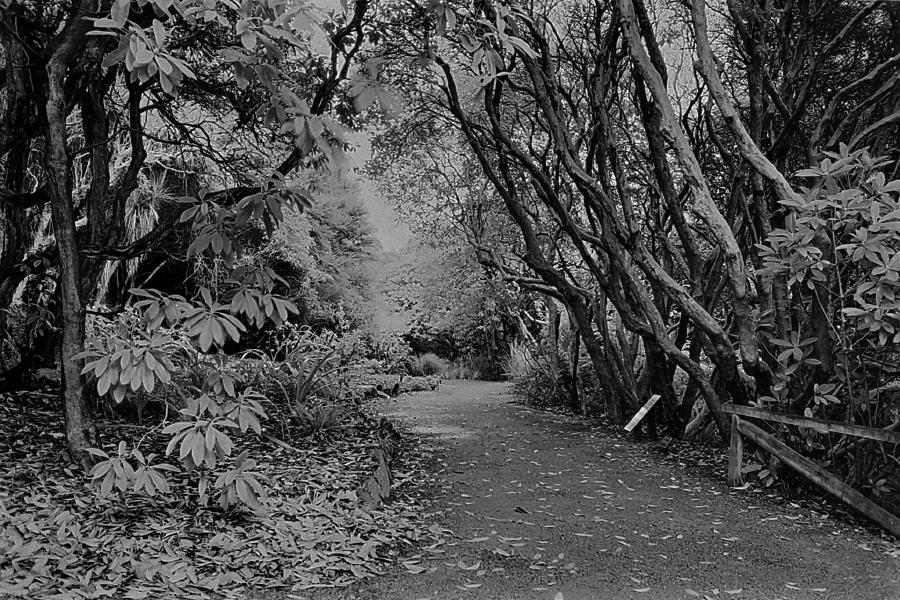
It sort of looks like each frame is overexposed, which matches what I see in the light curves of GIMP.
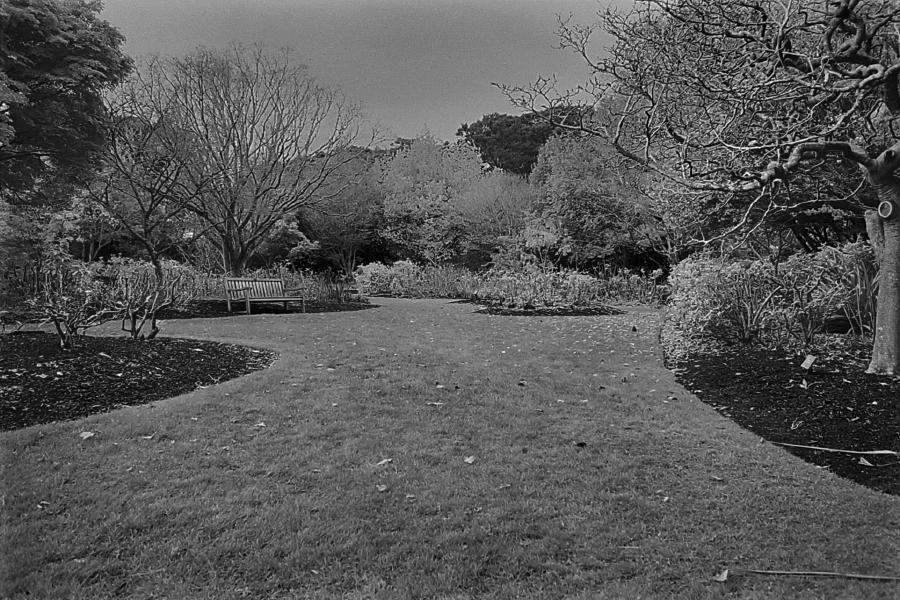
All of the frames, red, green, and blue, look nearly identical for each trichrome. So either the filmstock is extremely different to anything I have used before, or…
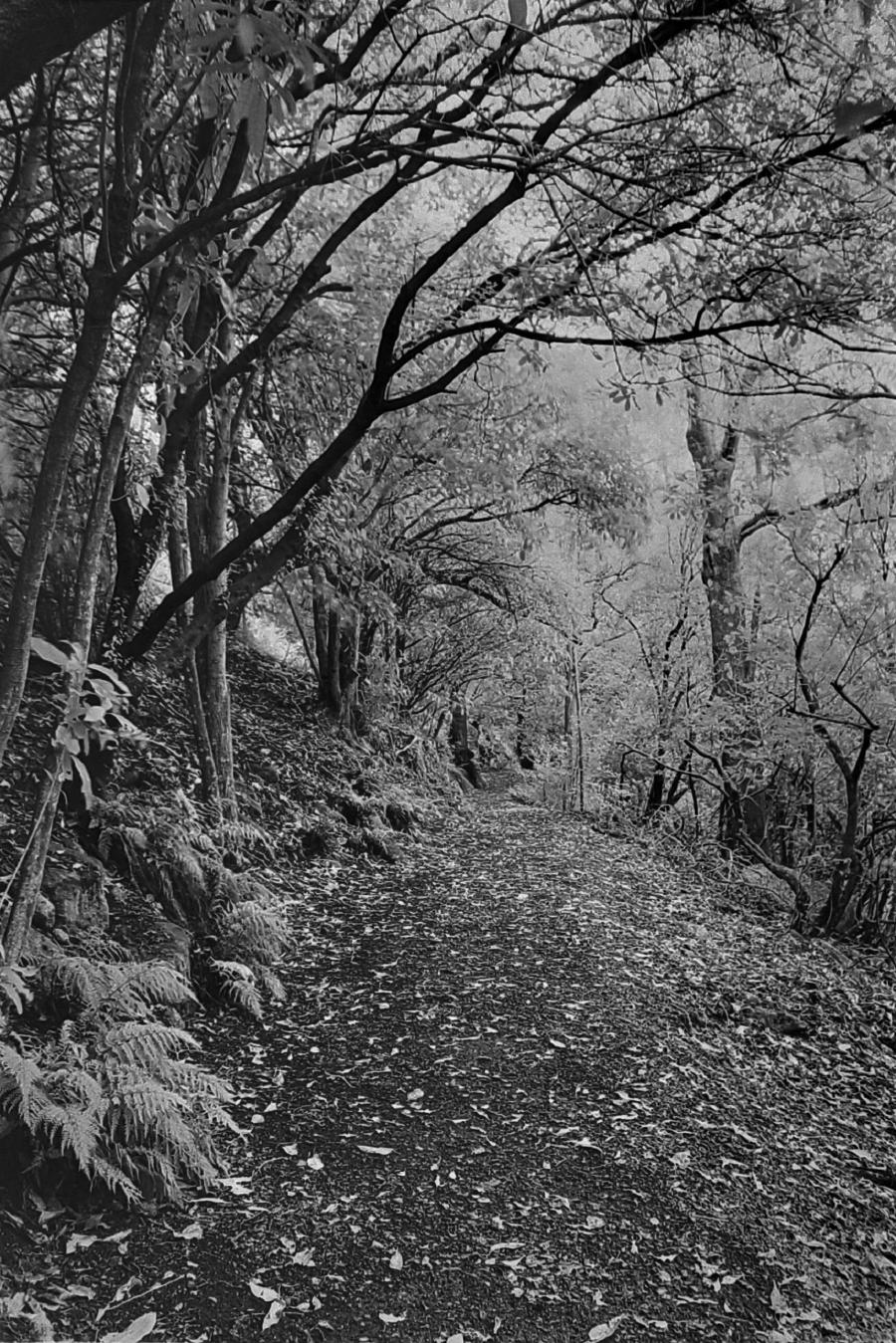
I crushed all the highlights of each photography together with overexposure and lost any color information. That doesn’t really sound right, though… there is still contrast here, it’s just not changing based on the filter.
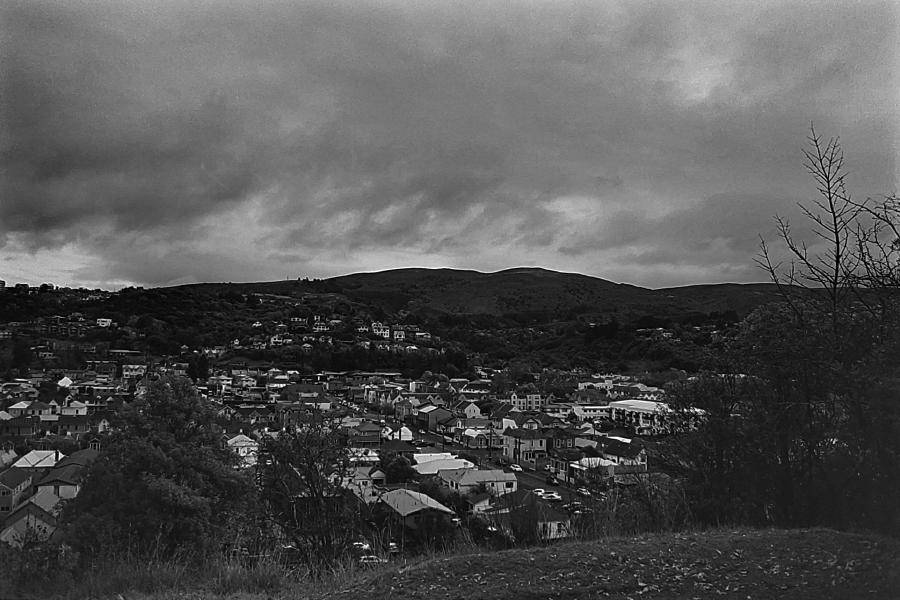
So what could it be? I have no idea. Perhaps shooting more RPX 25 will reveal something to me, or perhaps I will try pushing and purposefully avoid overexposing next time.

